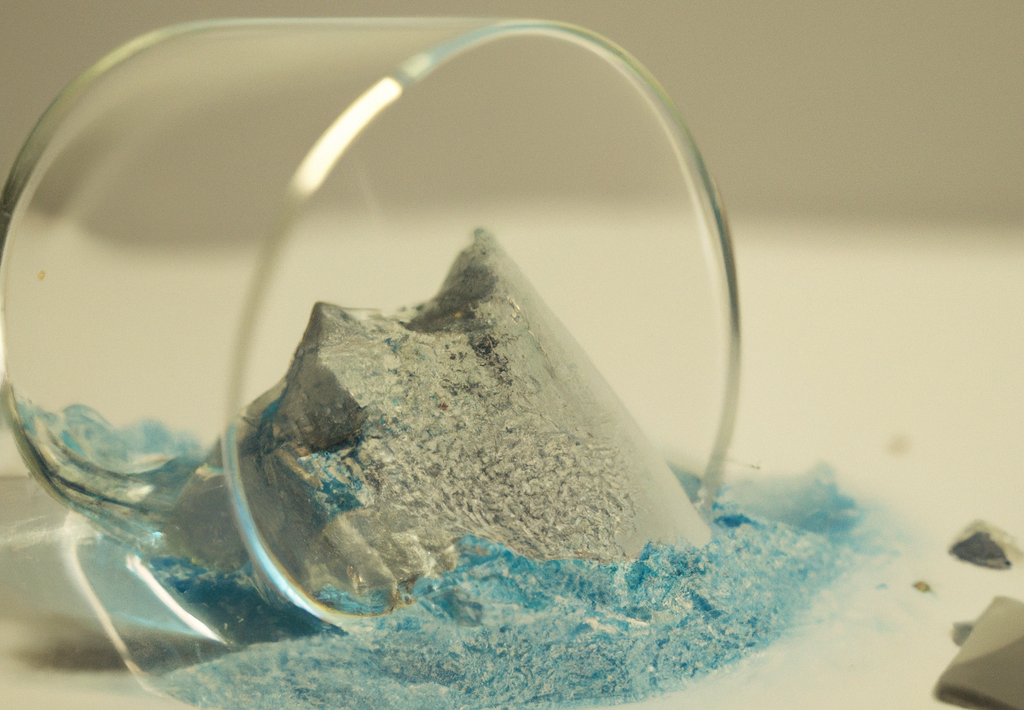Introduction
Microplastics have become a significant environmental concern due to their widespread presence in various ecosystems, including oceans, rivers, and even the atmosphere. The cosmetic industry has been under scrutiny for its contribution to microplastic pollution. In this blog, we will explore the issue of microplastics in the cosmetic industry, the existing regulations, and provide an overview of the latest news and developments in this field.
Understanding Microplastics
Microplastics are tiny plastic particles measuring less than 5 millimetres in diameter. They are either intentionally added to cosmetic products, such as exfoliants and scrubs, or they are generated because of the degradation of larger plastic items. These particles pose a threat to marine life, as they can be ingested by various organisms, leading to bioaccumulation and potential harm to ecosystems.
Regulations on Microplastics in Cosmetics
Recognizing the environmental hazards posed by microplastics, many countries and regulatory bodies have implemented measures to restrict their use in cosmetic products. Here are some notable regulations:
- European Union (EU): The EU has taken significant steps to address microplastics in cosmetics. In 2017, the European Commission requested ECHA to regulate microplastics that are intentionally added to products. In 2019 ECHA proposed restriction on microplastics in products placed on the EU market.
Microplastics « Shall not be placed on the market as substances on their own or, where the synthetic polymer microparticles are present to confer a sought-after characteristic, in mixtures in a concentration equal to or greater than 0,01 % by weight. «
The proposal is expected to prevent release of 500 000 tons of microplastics over 20 years.
The Commission prepared draft regulation following ECHA’s report and committee’ opinions. First draft was published in 2022. After discussion, the Member Stated voted in favor of the Commission’s proposal in 2023. It is expected that the publication will be in 2024.
- United States: In the United States, the Microbead-Free Waters Act of 2015 prohibits the manufacturing and introduction into interstate commerce of rinse-off cosmetics containing non-biodegradable plastic microbeads.
- Canada: Canada’s ban on microbeads in personal care products came into effect in July 2018. The ban prohibits the manufacture, import, and sale of toiletries and cosmetics containing plastic microbeads.
- Other Countries: Several other countries, including Australia, New Zealand, South Korea, and Japan, have either implemented or proposed regulations to restrict or ban microplastics in rinse-off personal care products.
Latest News and Developments
- Extended Regulations: Efforts to regulate microplastics in cosmetics are expanding. In 2021, the EU proposed a further restriction, aiming to ban the sale of cosmetic products containing intentionally added microplastics, irrespective of the product type or rinse-off nature.
- Ingredient Labelling: Many countries are considering mandatory ingredient labelling for microplastics in cosmetics. This would provide consumers with more information about the presence of microplastics in products they purchase, enabling them to make informed choices.
- Research and Alternatives: Scientific research continues to focus on understanding the environmental impacts of microplastics and developing alternatives. Biodegradable and natural exfoliating agents, such as apricot kernels, sugar, and bamboo, are being explored as substitutes for plastic microbeads.
- Industry Initiatives: Cosmetic companies are taking proactive measures to reduce microplastic usage voluntarily. Some brands have pledged to eliminate microbeads from their products, while others focus on alternative formulations and eco-friendly packaging.
Conclusion
The presence of microplastics in the cosmetic industry has raised significant concerns regarding environmental pollution and its potential impact on ecosystems. Regulations have been enacted globally to restrict the use of microplastics in cosmetic products, and further measures are being proposed and considered. Scientific research and industry initiatives are continuously advancing to find alternative ingredients and develop sustainable practices. As consumers, being informed about the issue and supporting environmentally responsible choices can contribute to reducing microplastic pollution.


